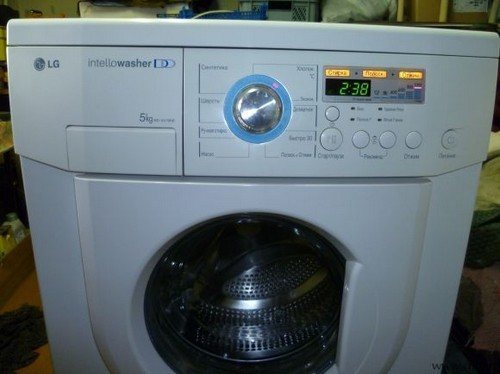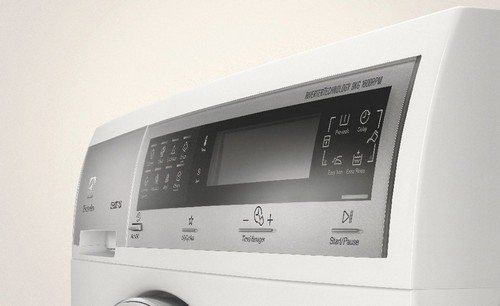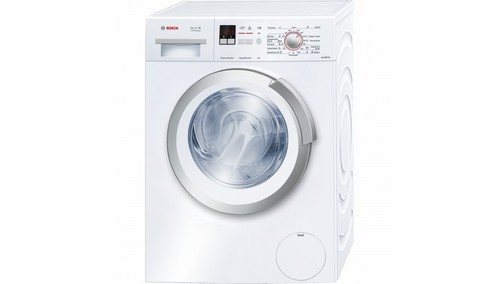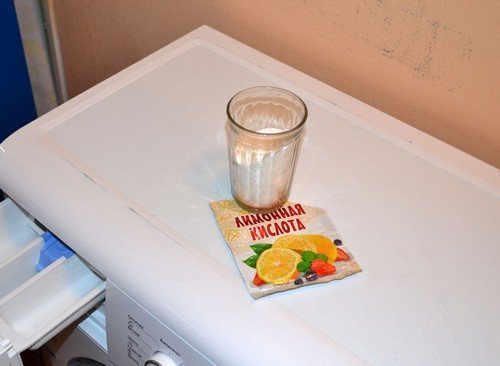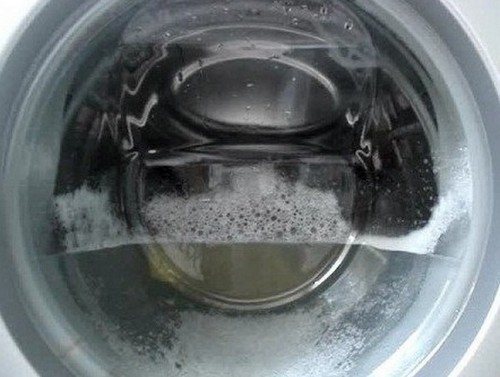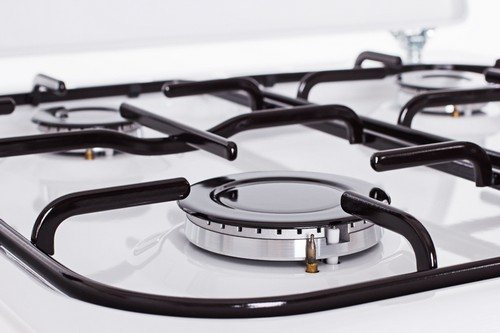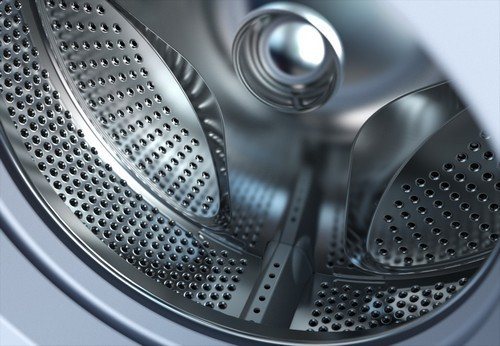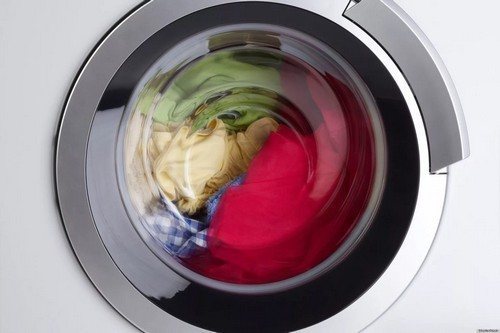Manufacturers of Samsung washing machines took care of users and gave them the right to independently determine the cause of a malfunction in the product. Modern washing machines often malfunction, which is indicated by a fault code on the liquid crystal display or indicator, depending on the model.

Water problem coding
5C; 5E; E2: The device does not drain water.
The reason was: a clogged sewer or drain pipe, as well as the internal hoses of the washing machine; clogging of the filter, pumps; the drain hose is damaged; the fluid drain pump is faulty; Under the influence of sub-zero temperatures, the water in the washing machine froze.
How to fix it - unplug the machine and use the emergency drain, then clean the filter. Then start the rinse mode.
If the temporary breakdown cannot be eliminated, check the sewer blockage.
How to proceed - disconnect the power supply to the device; unhook the drain pipe from the sewer and direct it to the bathroom; start rinse mode. Then clean the drain.
E1; 4E; 4C: there is no fluid supply to the mechanism. The error occurs at the beginning of the wash or during the rinse mode.
The reason was: there is no water supply in the house or the tap is turned off; supply hose damage; the Aqua STOP protection method worked; filling filter clogged.
How to fix it - if the water is turned on around the house, check the liquid fill valve for damage and the water pressure level in the supply hose:
The water pressure is strong - the problem may be in the inlet filter, after checking, start the machine in the same mode.
The pressure is weak - there is a problem with the water supply.
There is no pressure - check the liquid supply tube to the machine: disconnect the device from the network; turn off the tap; Disconnect this hose and manually fill it with water to determine if it is damaged or dirty.
IT IS IMPORTANT TO KNOW!
On an Aqua stop type hose, a red indicator means that the Aqua stop protection has activated, the hose is damaged and requires replacement.
The problem arose when rinsing: check the availability of water around the house; turn off the power to the machine; check the connection of the drain hose; check the jet pressure through the fill tube; in rinse mode, check the machine.
The error code appears again - the washing machine needs to be repaired.
LE; L.C.; E6: Water flows out of the machine.
The reason was: incorrect position or sewer connection of the drain hose; damage to the water tank.
How to fix it - disconnect the device; check the position of the drain hose and whether liquid is flowing out of the closed filter cover; unhook the drain pipe from the sewer and direct it to the bathroom; turn on the machine in the mode in which the problem occurred.
0E; 0F; E3; 0C: too much water in the device drum.
The reason was: the hose was incorrectly connected to the sewer drain; the fill valve is blocked open.
How to fix it - disconnect the machine from the network; disconnect the drain pipe and sewer, direct the hose to the bathroom; start the device in the mode when the error code occurred.
ATTENTION!
A signal about a problem may not appear immediately, and when the drum overflows with water, stop washing with a pause and contact the technician.
The error did not occur and the machine is working - the problem is that the hose is connected incorrectly.
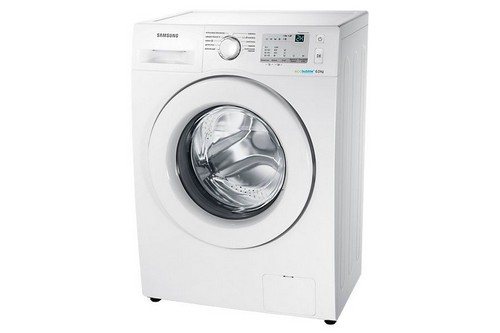
LE1; LC1: Liquid has accumulated at the bottom of the washing machine.
The reason was: damaged or leaking: drain filter, water drain tube, internal connection hoses, door seal, powder container.
How to solve - just replace components.
NS; NOT; NS1; HE2; HE1; H1; NS2; H2; E5; E6: problem with water heating. An error occurs when choosing 40 C and above.
The reason was: the washing or drying electric heater is faulty; Incorrect connection of the device to the network.
How to fix it - check the connection of the washing machine to the outlet and turn on the previously interrupted washing mode.
4C2: a jet flows into the mechanism at a temperature above 48 C.
IMPORTANT!
Cold water initially enters the washing machine and heats up during operation.
The reason was: the fill tube was mistakenly connected to the hot tap.
How to decide - inspect whether hot or cold water enters the device through the inlet hose, and which tap is connected: turn off the power to the device; turn off the tap to which the machine is connected; unscrew the inlet hose from the device and direct it to the bathroom; turn on the water and find out the temperature of the stream that flows from the hose.
Temperature above 48 C - wait until the water becomes colder or call a specialist.
Temperature below 20 C - turn off the tap; screw the tube back to its original place; turn on the machine in delicate mode.
SE; AC; AC6: water temperature before draining is over 54 C.
The reason was: the fill tube was connected to the hot water tap.
How to solve - inspect which tap the inlet hose is connected to and, if it is a cold tap, contact technical support.
SUD; 5D: Tank is full of foam.
The reason was: the amount of washing powder exceeds the norm; unsuitable detergent; failure of the foam formation sensor.
How to solve - inspect the drum for the presence of foam.
There is a lot of foam, it leaks out - there is no need to stop washing. Once the foam has settled, the machine will automatically continue operating. After completing the process, clean the drain filter. To clean the machine from residual foam, run it, for example, in cotton mode at a temperature above 60 C.
There is no foam - stop operating the device; unlock the door using the emergency drain mode; take things out; clean the filter; resume washing mode, but without items, to check. If the code appears on the display again, there is a problem with the sensor.
Sensor failures
THOSE; TE1; TE2; TE3; TS; TS1; TS2; TS3; TS4; EU: temperature sensor signal failure.
The reason was: damage to the sensor or the sensor connection cable in the control panel.
How to solve - call support.
1E; 1C; E7: water level sensor is faulty.
The cause was: sensor failure.
How to solve - call a specialist.
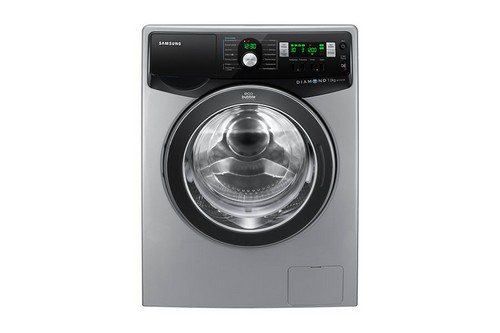
8E; 8E1; 8C; 8С1: vibration sensor “VRT+” detuning.
The reason was: failure of the sensor or wiring.
How to solve - contact a repairman.
Breakdowns of machines with drying function
FE; FC: breakdown of the hair dryer for drying clothes.
The reason was: a malfunction of the hair dryer.
How to solve - contact technical support.
EE: drying temperature sensor malfunction.
The reason was: the sensor and cables in the control panel were damaged.
How to solve - fixing the breakdown in the workshop.
NOTE: drum temperature is too high.
The reason was: temperature above 68 C.
How to solve - do not stop the machine, wait until the temperature drops and the code disappears.
Errors in the mechanism and control panel
A0; A1; A2; A3; A…; B0; C0; D0; E0: the device is started in factory mode. This is a test mode that is used to check the operation of the machine.
How to fix it - press the temperature and options buttons simultaneously for 10 seconds.
UC; 9C: alternating electrical voltage.
The reason was: the device was supplied with electricity of 200 Volts or higher than 250 Volts for more than 30 seconds.
IMPORTANT!
There is no need to stop operating the device. When the voltage becomes normal, the washing cycle will automatically continue.
How to fix it: check the device’s connection to the network and find out the voltage.
If the connection is correct and the electrical voltage is not interrupted, there will be a breakdown in the equipment. Contact a repairman.
BE; BE1; BE2; BE3; BC2; EB: the buttons on the control panel of the washing machine are faulty.
The reason was: the buttons stuck when pressed.
How to fix it - inspect the control panel for stuck buttons.
The button gets stuck and does not return to its original position - contact a technician.
The control panel is normal - restart the device.
AE; AC; AC6: connection signal failure.
The reason was: there is no connection between the control boards.
How to fix it: turn off the power to the device and restart it after 20 seconds.
The reappearance of the code indicates that the car needs to be repaired.
Problems with device components
UE; UB; E4: The laundry in the drum is not evenly distributed. The code signals a problem before the machine starts spinning.
The reason was: things got twisted into one pile; there are too few or too many things.
How to fix it - manually place the laundry in the drum; close the door; continue the process with the pause button.
If the error appears again, check the operation of the device without any items; if the code appears again, call a technician.
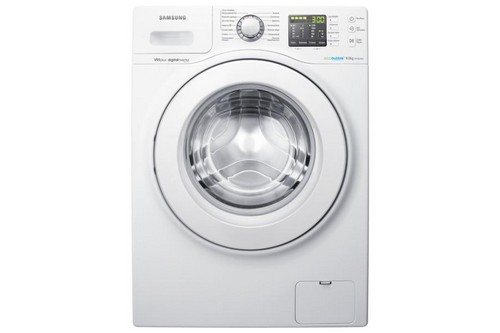
3E; 3E1; 3E2; 3E3; 3E4; 3C; 3S1; 3C2; 3С3; 3С4; EA: problem with the washing machine motor.
The reason was: a breakdown of the electric motor or an obstacle to work due to too large a load.
How to fix it - run the wash cycle in an empty machine.
The code did not appear - the device is working properly.
The problem made itself felt again - contact support.
VS: the device does not start the motor.
The reason was: the motor rotation does not work.
How to fix it - call technical support.
Hatch door problems
DE; DE1; DE2; DC; DC1; DC2; ED: door is not locked.
The reason was: a breakdown of the door locking mechanism, foreign objects getting into the door cuffs.
How to fix it - open the door and make sure there are no objects that prevent it from closing; check the mechanism for damage; Close the hatch tightly and continue washing.
ATTENTION!
The presence of an excess amount of laundry creates pressure on the hatch door and prevents it from closing tightly.
DC3: Add door is open.
IT IS IMPORTANT TO KNOW!
The Add door is an additional hole for loading things during the washing process.
The reason was: the hatch was not closed at the beginning of the wash or was opened during the process without pressing the pause button.
How to fix it - check the condition of the door; with the door open, close and continue washing; when locked, stop the machine and start it again after a while.
DDC: incorrect door opening during washing.
The reason was: the Add door hatch was opened during the washing process without pressing pause.
How to fix it - close the door and continue washing.


